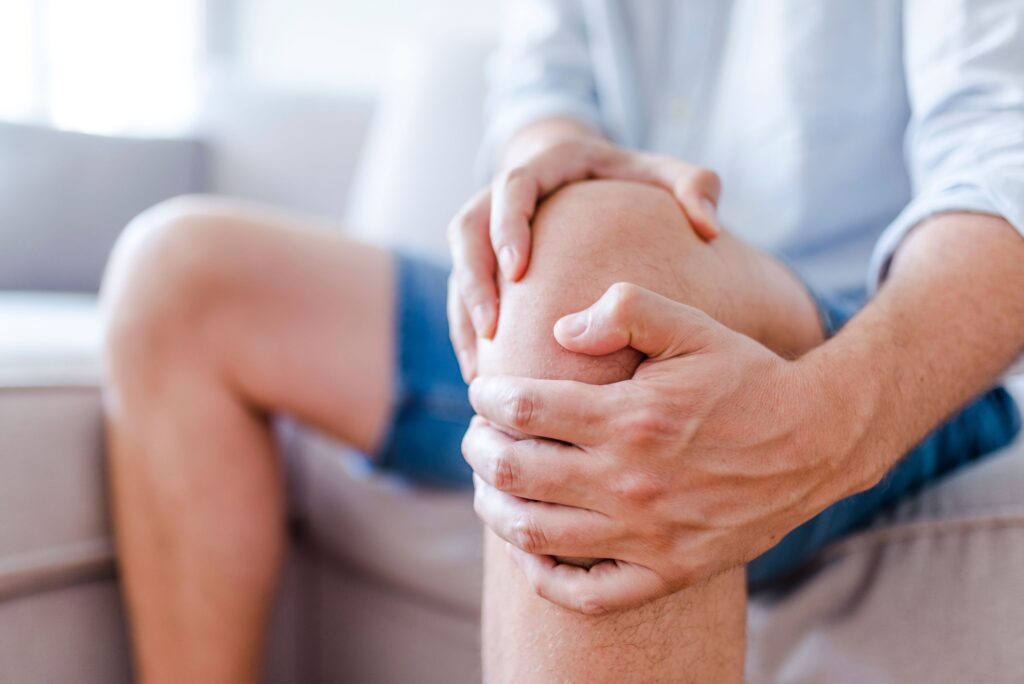Osgood-Schlatter Disease
Osgood-Schlatter disease is a common cause of knee pain, but unlike sprains and other injuries, it is usually not very serious and has no long term effects. Children with Osgood-Schlatter disease have a tender, swollen bump just under their knee cap on the tibial tuberosity. Although usually just on one knee, both knees can also be affected.
children with Osgood-Schlatter disease usually just have pain during certain activities, such as running, kneeling, jumping, squatting, and climbing stairs. Prolonged sitting sometimes also causes pain, although affected children can usually walk normally without pain or a limp.
children with Osgood-Schlatter disease usually just have pain during certain activities, such as running, kneeling, jumping, squatting, and climbing stairs. Prolonged sitting sometimes also causes pain, although affected children can usually walk normally without pain or a limp.
What You Need To Know
Osgood-Schlatter disease usually begins during a period of active growth (growth spurt) in children between the ages of 10 and 15 years who are active in sports.
Osgood-Schlatter disease is thought to be caused by chronic microtrauma and it is considered an overuse disorder.
Symptoms usually last about 12-18 months, with a nontender bump lingering in many children.
Quadriceps and hamstring flexibility exercises might help prevent Osgood-Schlatter disease from developing.
Proper early diagnosis can help prevent unnecessary testing and treatments.
Sinding-Larsen-Johansson disease or jumper’s knee is a similar condition, but the pain is usually over the lower part of the knee cap and not below the knee cap as it is in Osgood-Schlatter disease.

Treatment
In mild cases, Podiatrist advise that kids limit the activities that cause pain. They might be able to continue their sports as long as the pain remains mild. When symptoms flare up, a short break from sports might be necessary. Certain insoles and starpping can also decrease stress on the knee. More severe cases require more rest, usually a total break from sports and physical activities. Active kids may find this very difficult, but the knee cannot heal without rest.
The best form of treatment is is determine after a detailed consultation and assessment from the Podiatrist.

